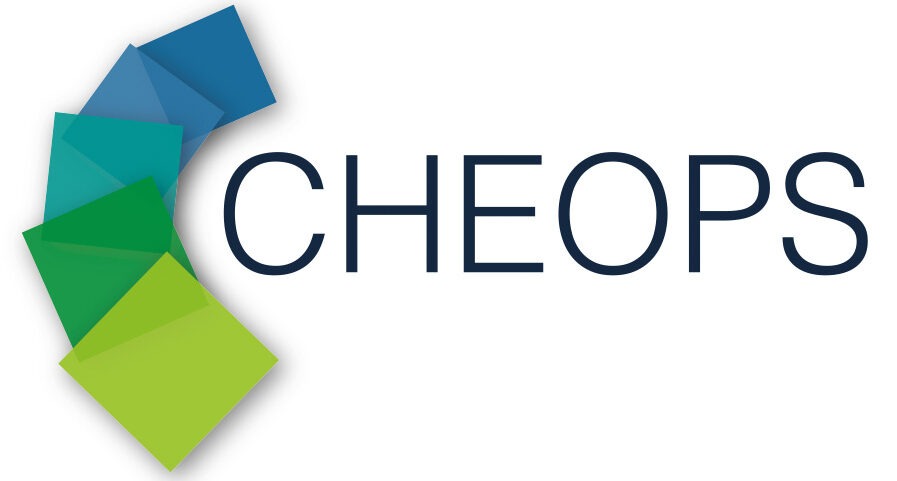
Key Facts
- Perovskite/silicon heterojunction tandem cell (1.43 cm2) on a single-sided textured bottom cell with a power conversion efficiency of 25.4% and current-matching between the two sub-cells; the same cell also gave 25.6% in light-IV measurements
- Fully textured bottom cell showing power conversion efficiency of 25.6% (25.24% maximum power point (MPP) tracked)
- Depositing of perovskite absorber onto a textured bottom Si cell
Abstract
CHEOPS partner CSEM developed a perovskite formulation and deposition by spin-coating for flat substrates which lead to a substantial increase in efficiency of this type of cells. In parallel, CHEOPS partner EPFL focused on the development of sequential evaporation techniques involving thermal evaporation of the metallic compounds followed by infiltration of the organo-halide compounds in solution. This technique proved to be compatible with textured substrates including thermal evaporation, atomic layer deposition (ALD) and magnetron sputtering. As an outcome, silicon heterojunction (SHJ) cells were developed and optimised for the use in tandems with both a flat and textured front. A recombination of layers to flat and textured interfaces was also designed to pair the two sub cells together. Last but not least, the top transparent contact was improved in order to be compatible with the temperature sensitive perovskite, while retaining good electrical and optical properties.
Impact
At the time of publication, the PK/Si tandem cells designed by CHEOPS partners held the world-wide record efficiency of 25.2%. The high efficiencies demonstrated with this architecture, as well as its advantages of proximity to the high penetration of Si technology in photovoltaic markets makes this approach interesting for established Si cell manufactures looking to boost their cell efficiency at reduced additional costs.
Involvement
The results on perovskite/silicon tandem cells were developed in collaboration of the CHEOPS partners CSEM and EPFL. CSEM developed the bottom Si heterojunction cells (flat and textured), the recombination junction, front contact and charge transport layers for flat tandems as well as the perovskite formulation and deposition technique on flat tandems. EPFL developed a textured bottom cell with a suitable recombination junction (microcrystalline Si), a hole transport layer and a vacuum based hybrid evaporation technique for the deposition of conformal PK onto textured substrates.
Scientific Output
Deliverable Report: The perovskite/silicon tandem solar cell with an efficiency of 25.6% on an active area of 1.43 cm2 is described further in Deliverable 4.4 available for download under reports.
- F. Sahli, J. Werner, B. A. Kamino, M. Bräuninger, R. Monnard, B. Paviet-Salomon, L. Barraud, L. Ding, J. J. Leon, D. Sacchetto, G. Cattaneo, M. Despeisse, M. Boccard, S. Nicolay, Q. Jeangros, B. Niesen, and C. Ballif (2018) Fully textured monolithic perovskite/silicon tandem solar cells with 25.2% power conversion efficiency. Nature Materials (17) 820–826 | open access
- 2-5 July 2018 ISFOE18 Horizon 2020 CHEOPS –Production technology to achieve low Cost and Highly Efficient phOtovoltaic Perovskite Solar cells A. Walter | download presentation
- 17 September 2018 E-MRS 2018 Status of H2020 project CHEOPS: Production technology to achieve low Cost and Highly Efficient photovoltaic Perovskite Solar cells M. Bräuninger | download presentation
- 10-15 June 2018: WCPEC-7 Presentation on Hybrid sequential deposition process for fully textured silicon/perovskite tandem solar cells F. Sahli, J.Werner, B. Kamino, M. Bräuninger, C. Yang, P. Fiala, G. Nogay, F. Fu, R. Monnard, A. Walter, S. Moon, E. Rucavado, L. Barraud, B. Paviet-Salomon, C. Allebé, L. Ding, J. Diaz, D. Sacchetto, G. Cattaneo, M. Morales-Masis, M. Boccard, M. Despeisse, S. Nicolay, Q. Jeangros, B. Niesen, and C. Ballif | download abstract
Read More
The research on perovskite/silicon tandem solar cells was further developed in other parts of the CHEOPS project. Read more about the up-scaling of larger tandem devices here.
